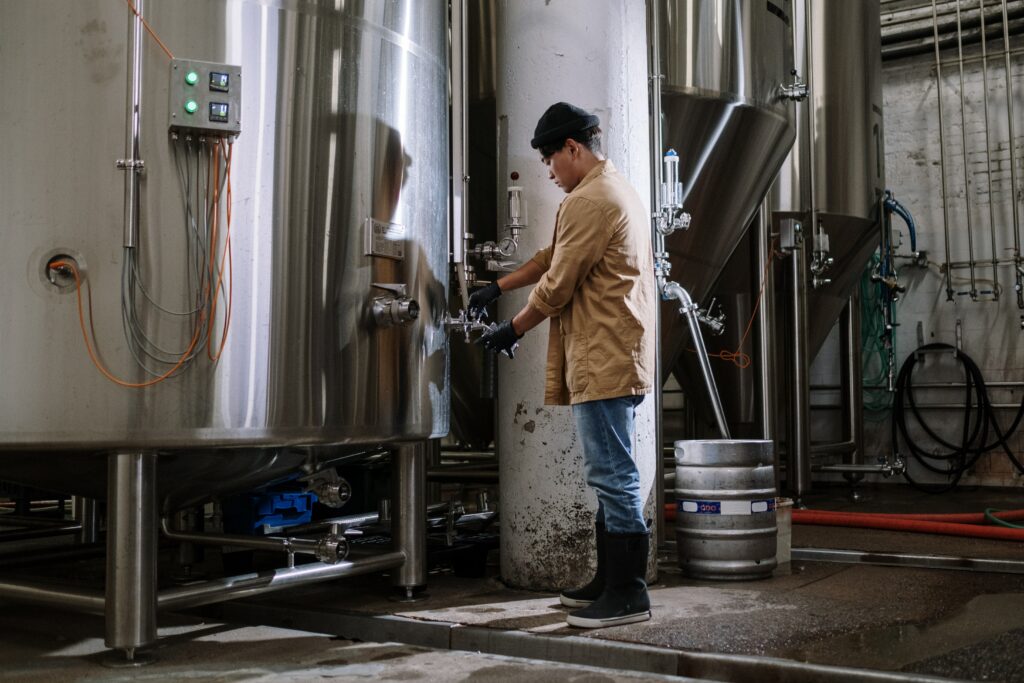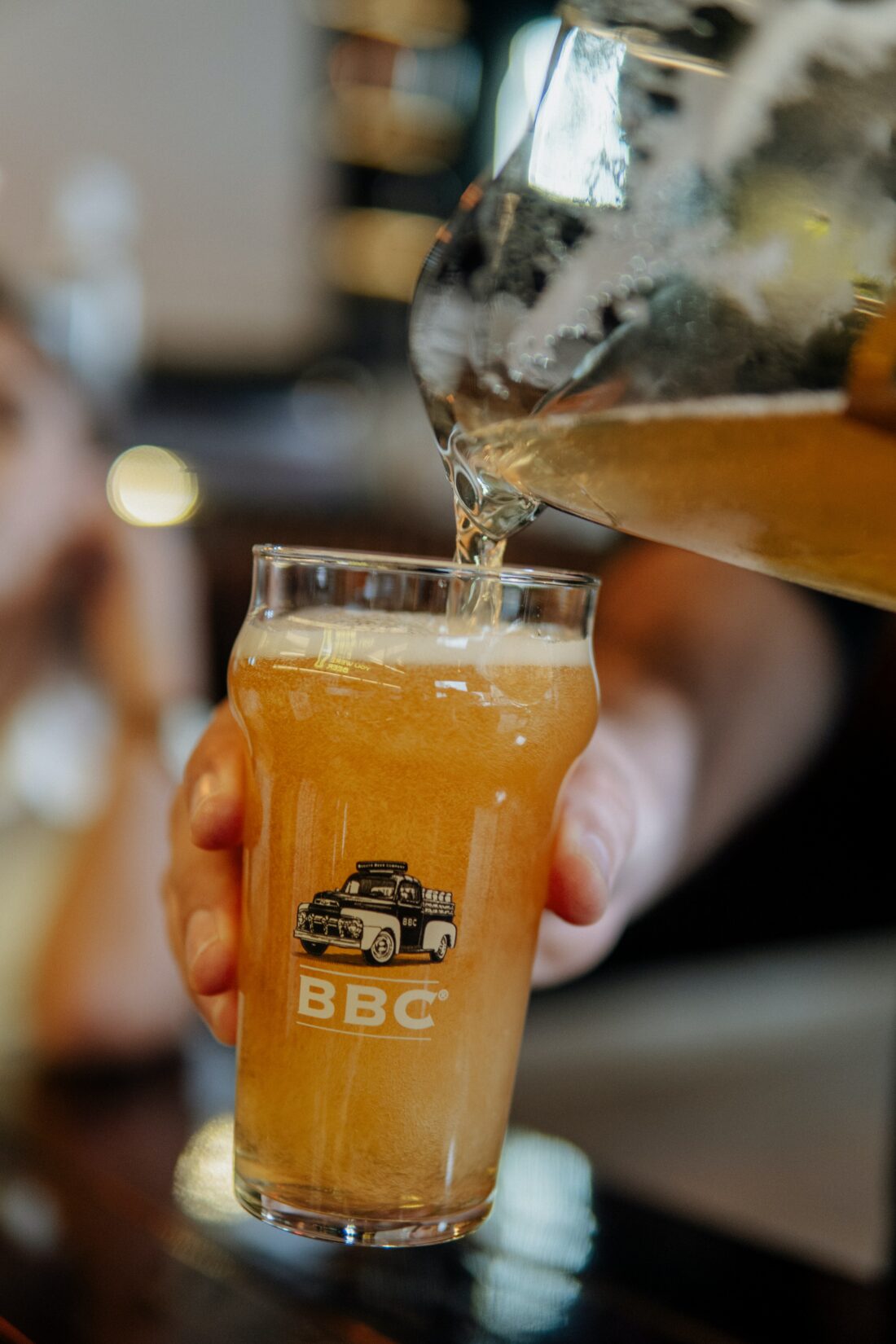How to make your own craft beer
If you are a great lover of beer, and want to go one step further making your own craft beer, you are in the right place. Today from Venerable Capital, alcohol and tobacco marketing and distribution company, we tell you about the ingredients, utensils, steps to follow and tips for you to become a master brewer.
Before starting this activity, remember that, like all artisan elaboration, it requires time, patience and perseverance, but once served, all dedication will be worth it.

What ingredients do you need for your craft beer?
Each of these ingredients are essential to make beer, and they provide characteristics depending on their types and qualities, which is why we recommend that you use the highest quality possible. These main ingredients are: mineral water, malt (and malt extract), hops, white sugar and yeast.
Amounts may vary depending on the type of beer you want to make and the desired consistency and flavor. As well as adding other ingredients to achieve different aromas.
Necessary tools to make craft beer at home
Depending on the method you want to use to make the beer, you may need more specific tools. On the Internet you can easily find complete kits on multiple platforms. We tell you about the most essential utensils you will need;
Fermenter
It is the key container where we are going to pour the must with the fermentable sugars to later add the yeast. And in this way transform sugar into alcohol through what is known as the fermentation process.
Beer spoon
It is a spoon of a larger size than usual that is used mainly to stir the wort. It is very important to remove it during the maceration and boiling process.
Densimeter and test tube
This instrument is very useful for measuring the alcohol content. This must be measured both at the beginning of fermentation and throughout the process.
Warmer or kettle
This container must be large as it will contain all the liters of beer that will be brewed. Do not forget that during this phase the must generates a lot of foam, so you must have extra space.
Thermometer
The thermometer is essential, and must be kept on hand to measure that the beer is at the right temperature during the different phases of the process. Paying more attention to the time of adding the yeast, which acts at a certain temperature.
Timber bag
This bag is used to mash malt, add grain, or filter beer.

Other tools that normally also include these kits are: Bubbler or airlock, transfer rod, maceration tank.
Here is an example of one of these kits that you can get to brew your beer.
PREPARATION OF CRAFT BEER WITH THE MALTA EXTRACT METHOD
This method is a fantastic alternative to the more conventional method that requires a much more extensive and laborious process, as it also offers great variety to the time to make and allows the use of different malts to flavor to taste.
Steps to follow to make craft beer;
- Make sure that all tools you are going to use are sterilized.
- If the recipe to be followed calls for the grain to be soaked, heat the water at 70º.
- Later, add the cereal using a ripening bag, and let it rest for 30 minutes maintaining the temperature.
- Then add the malt extract and dissolve it previously in cold water.
- Add the first batch of hops and use a timer. We recommend that you make a second batch of this step before finishing the boil to flavor the beer.
- Quickly chill the wort with a chiller or with water and ice.
- Pass this must to the fermenter when its temperature is lowered, and when it is adequate to add the yeast at that temperature.
By following these steps, and with dedication and patience, you will obtain your craft beer. If you manage to master this technique, you can also move on to the “all grain” or “all grain” technique, the one used by professionals. We hope that this blog has been useful to you and that you get real beers.
BEER EXPORTS
Spain is considered an exporting power, this is because the amount of exports has quadrupled in recent years. These exports in Spain have grown in recent years by 3%, reaching 2.97 million hectoliters (about 297 million liters). The main European destination countries for these imports are Portugal and France.
We hope you liked and served this article. Do not hesitate to contact us with any questions. Have a nice day!





